The Most Disturbing Foods People Ate During War That You Can Still Buy
When food became scarce, people turned to anything edible—and sometimes barely edible—to fill their plates. Grocery stores, ration books, and even public kitchens rolled out strange products that have somehow stayed around.
Here are 15 disturbingly strange foods born of crisis that you can still find.
Spam
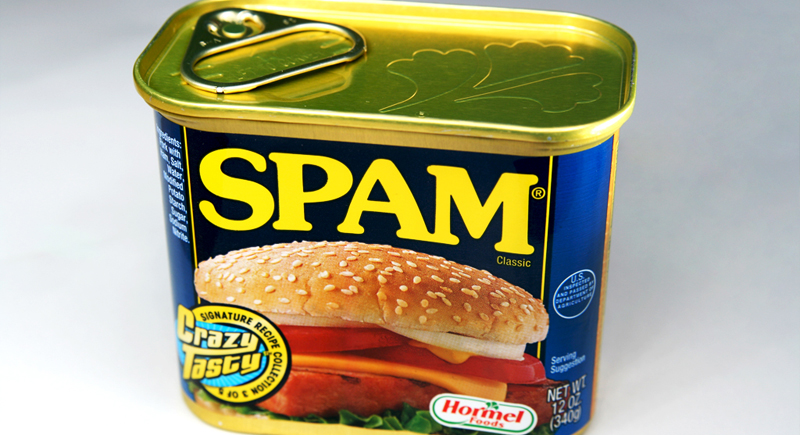
Credit: flickr
Spam can become a staple when refrigeration and fresh meat aren’t guaranteed. Hormel created it in 1937, and it exploded in popularity during tough times. It’s made from pork shoulder and ham, ground and bound with potato starch. Despite being mocked, it’s a beloved part of Hawaiian and Filipino meals today.
Powdered Eggs
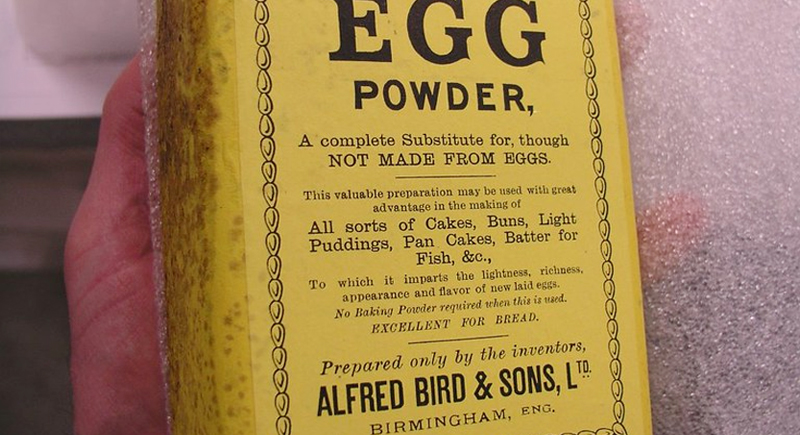
Credit: flickr
Real eggs were hard to get, so people started using powdered ones—dehydrated, shelf-stable, and foamy when reconstituted. They were first introduced on a large scale as a cooking substitute, and were used in everything from cakes to scrambled “egg” breakfasts. They still have that same chalky scent and suspicious bounce when cooked.
Tinned Tuna
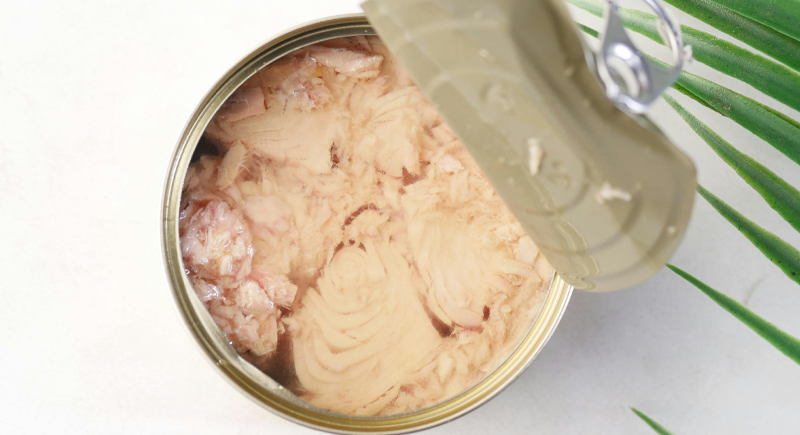
Credit: pexels
Tuna in a can first appeared as a novelty in early 20th-century Britain but became a practical protein option when food shipments slowed. Its long shelf life and compact size made it ideal, which explains why it’s currently thriving in lunchboxes and pasta bakes.
Dried Milk
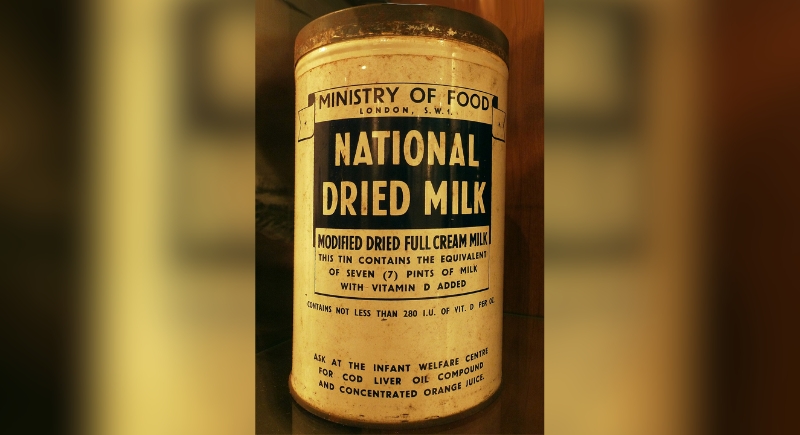
Credit: Wikimedia Commons
Milk that doesn’t need refrigeration was a game changer. Powdered milk was easy to ship, lasted months, and could be stirred into hot water—or anything, really—to add creaminess. It’s widely sold in bulk, especially for baking, survival kits, and large-scale cooking.
Kraft Macaroni and Cheese
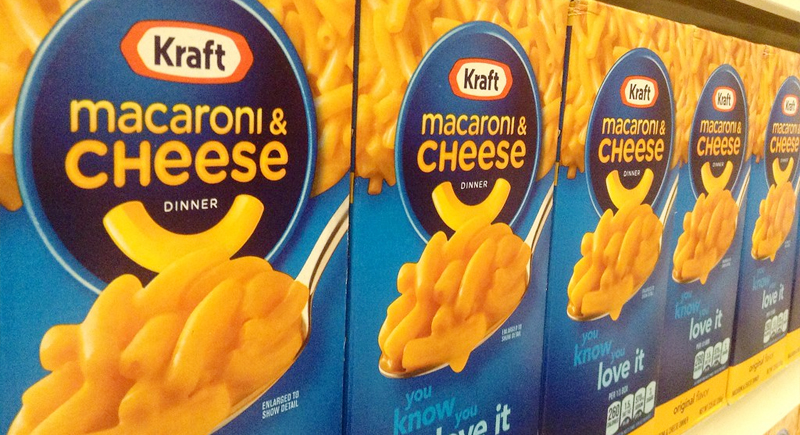
Credit: flickr
It was cheap, shelf-stable, and required only a few ingredients. Kraft Mac & Cheese became a go-to because it fed a family using just one ration coupon. The box may look cheerful and innocent, but it originated when families stretched every ounce of food.
Boston Brown Bread In A Can

Credit: flickr
Canned bread is real, and it comes out in a rigid cylinder that looks like cranberry sauce’s strange cousin. It’s dense, dark, and flavored with molasses, cornmeal, and rye flour. It still shows up in regional grocery stores and online, paired with baked beans like it’s 1942 all over again.
Nescafé Instant Coffee
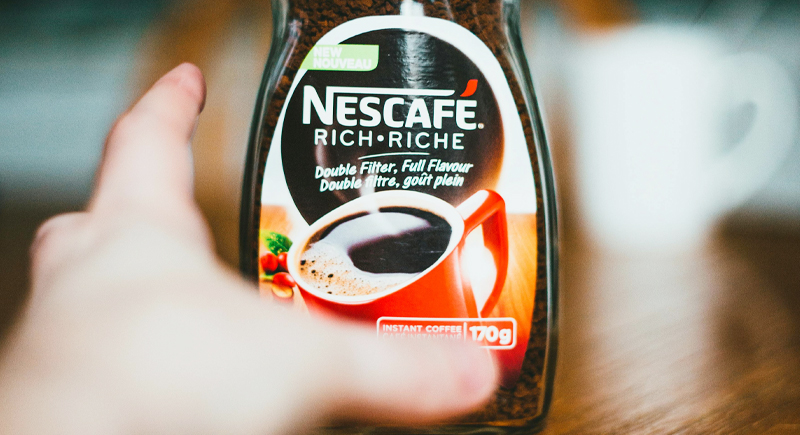
Credit: pexels
Speed mattered, and brewing fresh coffee wasn’t always practical. Nestlé’s soluble coffee—Nescafé—became the answer. It started with Brazilian coffee surpluses in the 1930s and found global appeal through convenience.
Spam Musubi
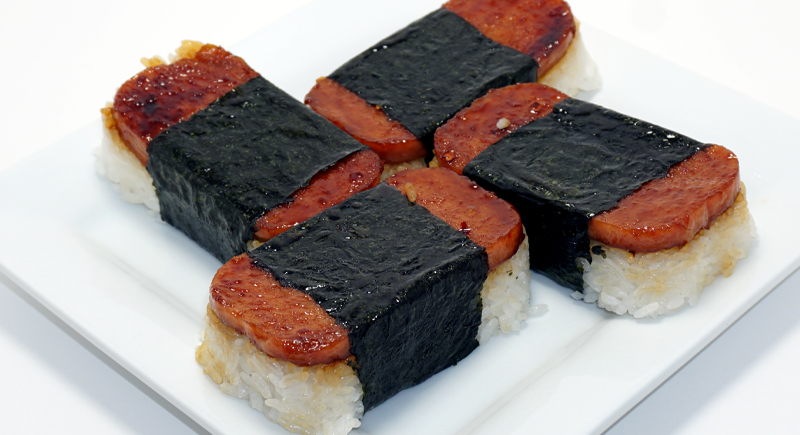
Credit: Wikimedia Commons
One slice of fried Spam, a block of rice, and a strip of seaweed—that’s Spam Musubi. It’s a fusion of food solutions: shelf-stable meat and local ingredients, created in Hawai‘i when fresh protein sources were limited.
Woolton Pie
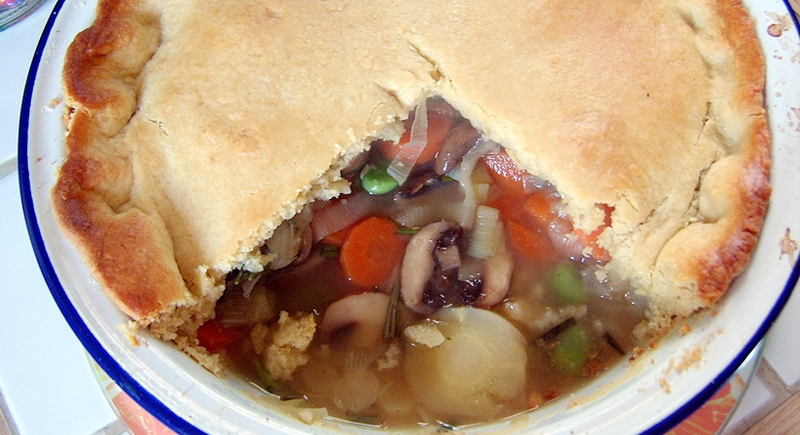
Credit: Wikimedia Commons
This pie had no meat—just root vegetables, a white sauce, and a layer of mashed potatoes or crust. Invented at the Savoy Hotel, it was promoted as a hearty but humble dish. Many meatless pot pies and vegetarian casseroles are spiritual descendants of this frugal invention.
Orange Juice Concentrate
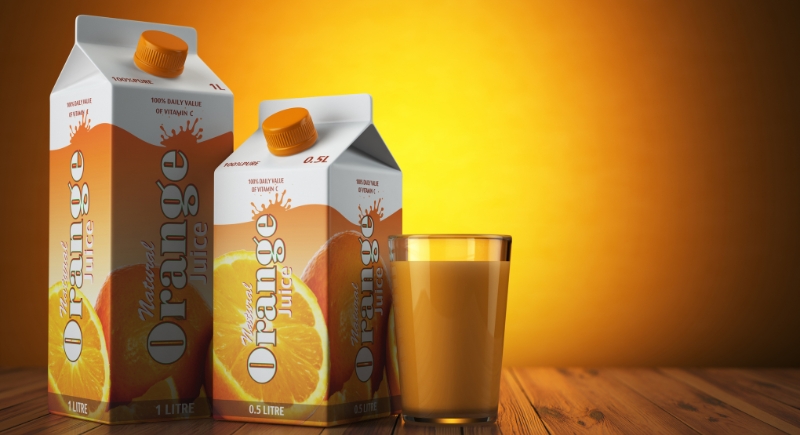
Credit: Canva
Researchers figured out how to remove water from juice and freeze the rest. Just add water back in, and voilà—orange juice without the orange. This invention helped preserve nutrients and extend shelf life. That same process created Minute Maid, which still uses the method.
Canned Sardines

Credit: pexels
Tiny fish packed in oil or mustard sauce might not sound appealing, but they were a calorie-dense, protein-rich option that traveled well and didn’t spoil. People cracked them open with a key-style opener and often ate them straight from the tin.
Corned Beef Hash
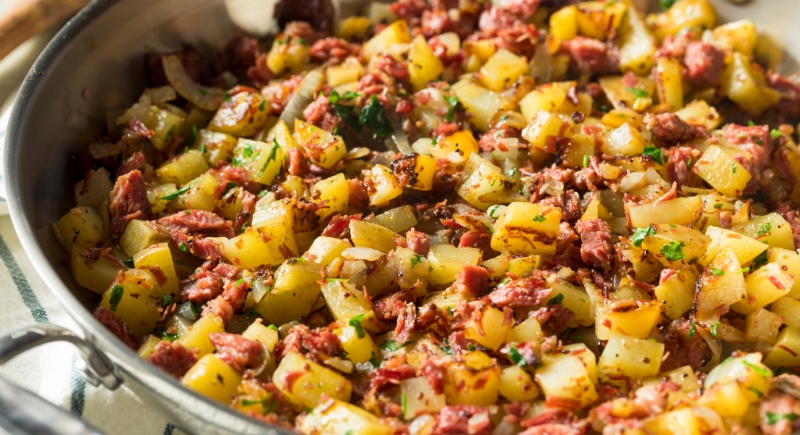
Credit: Getty Images
As a mix of chopped meat, potatoes, and spices, corned beef hash was an efficient way to stretch a small portion of beef. Its canned version became a pantry hero, especially when ingredients were rare. Though it looks questionable, people fry it up with eggs or stuff it into sandwiches.
Victory Garden Vegetables

Credit: pexels
When store produce became unreliable, people grew their own beets, turnips, cabbage, and other rugged veggies. While not packaged foods, the emphasis on these specific crops shaped diets. Their earthy flavor and long storage life remain unchanged.
Canned Peas
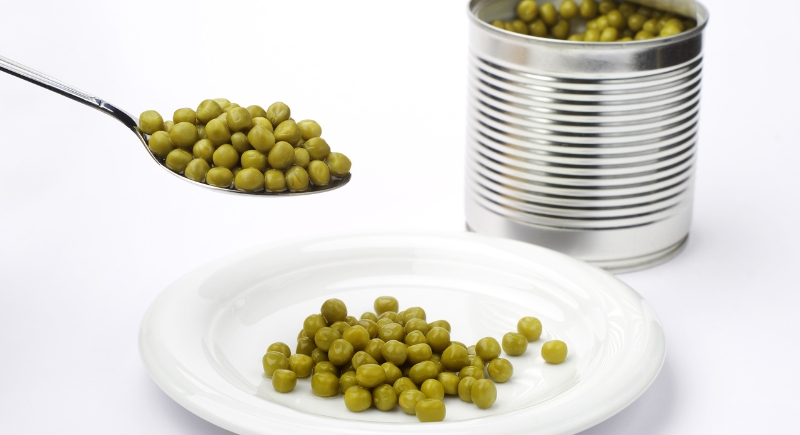
Credit: Canva
Canned peas were easy to store, quick to cook, and bland enough to last several meals. They were in nearly every kitchen cupboard and sometimes the only green thing on a plate. Their mushy texture earned little praise.
Tinned Fruit Cocktail
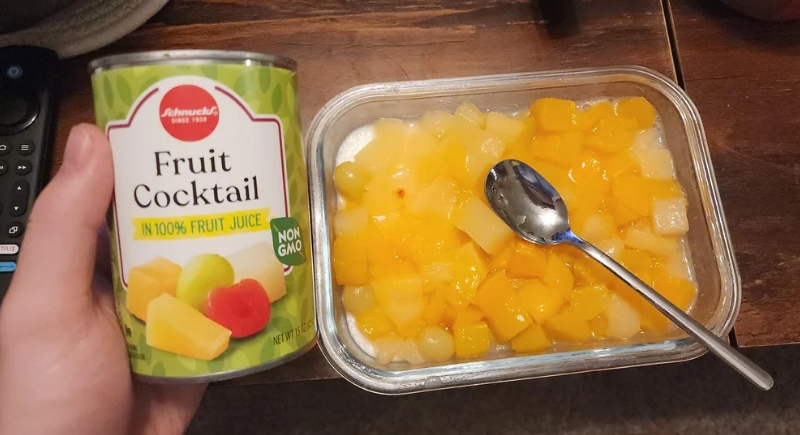
Credit: Reddit
When dessert options vanished, tinned fruit cocktails had to make do with their syrupy sweetness. These soft chunks of peach, pear, and cherry were like edible confetti in a can that you could toss into salads or serve with whipped topping.